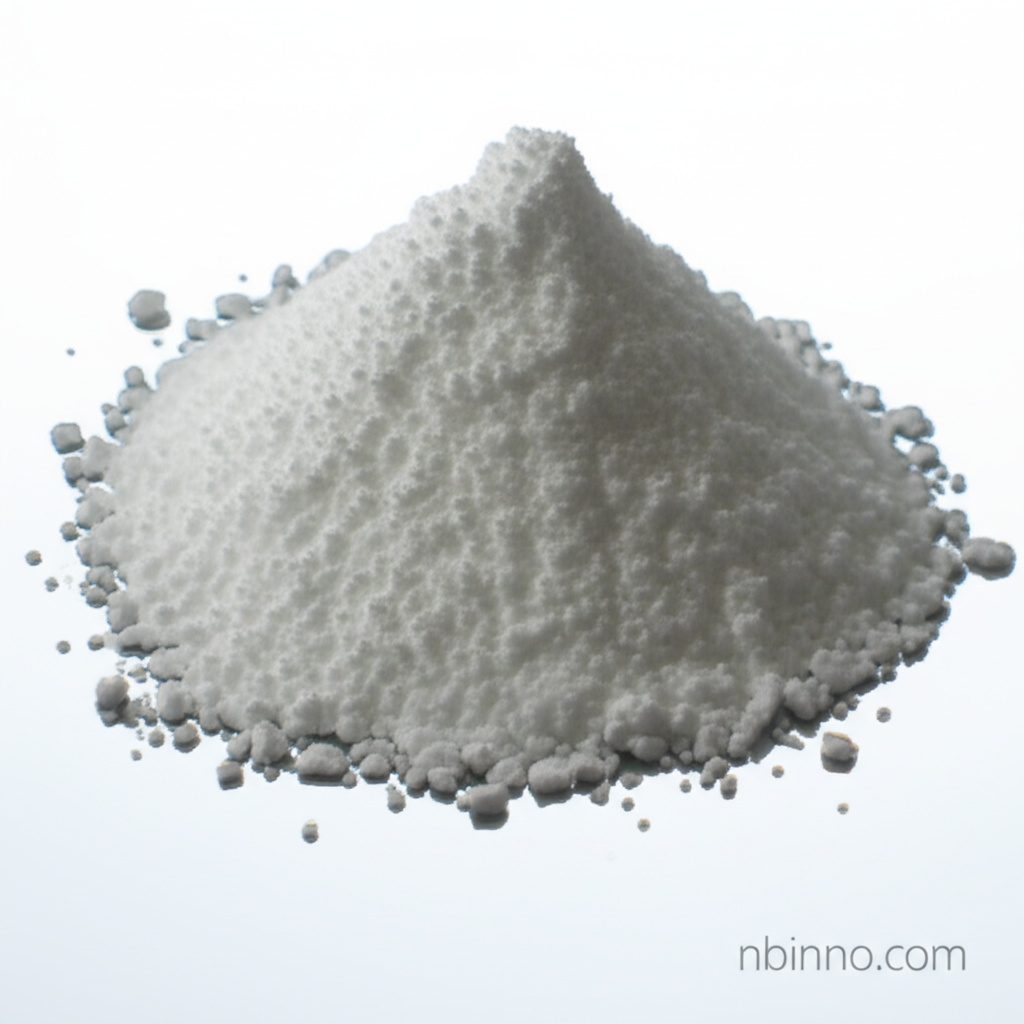Indolicidin Peptide: A Comprehensive Guide to its Antimicrobial Properties and Applications
Discover the potent antimicrobial capabilities and diverse applications of Indolicidin, a naturally occurring peptide.
Get a Quote & SampleProduct Core Value

Indolicidin Peptide
Indolicidin is a highly effective cationic antimicrobial peptide (AMP) derived from bovine neutrophils. It is renowned for its broad-spectrum activity against Gram-positive and Gram-negative bacteria, fungi, protozoa, and even viruses like HIV. Its unique structure, featuring a high concentration of tryptophan residues, allows it to interact with and disrupt microbial cell membranes, inhibiting growth and causing cell death without forming pores. This distinctive mechanism of action, coupled with its anti-inflammatory and immunomodulatory properties, positions Indolicidin as a valuable compound in scientific research and potential therapeutic development.
- Explore the indolicidin peptide mechanism of action, detailing its membrane interaction and cellular effects.
- Investigate various indolicidin peptide applications, from antimicrobial research to potential medicinal uses.
- Understand the significance of bovine neutrophil peptide indolicidin as a naturally occurring defense molecule.
- Learn about the role of tryptophan-rich antimicrobial peptide structures in biological activity.
Key Advantages
Broad-Spectrum Antimicrobial Efficacy
Delve into the indolicidin peptide mechanism of action, highlighting its effectiveness against a wide array of pathogens, making it a focus in research peptide development.
Unique Membrane Interaction
The cationic peptide nature of Indolicidin allows it to bind negatively charged membranes, demonstrating potent antibacterial and antifungal properties, crucial for developing new treatments.
Immunomodulatory Properties
Beyond its direct killing effects, Indolicidin exhibits anti-inflammatory and immunomodulatory actions, expanding its potential in indolicidin in medicine research.
Key Applications
Antimicrobial Research
Studying the indolicidin peptide mechanism of action is vital for understanding how AMPs combat infections and for developing novel antimicrobial strategies.
Pharmaceutical Development
The broad spectrum of activity makes indolicidin for bacterial infections and other microbial threats a key area of interest for new drug candidates.
Biochemical Studies
The high tryptophan content in this tryptophan-rich antimicrobial peptide offers unique insights into peptide structure-function relationships.
Wound Healing and Skin Health
Exploring indolicidin peptide applications in promoting healing and fighting skin infections contributes to advancements in dermatological treatments.
